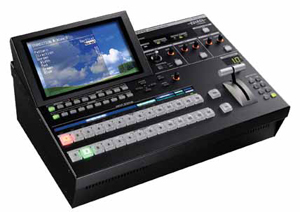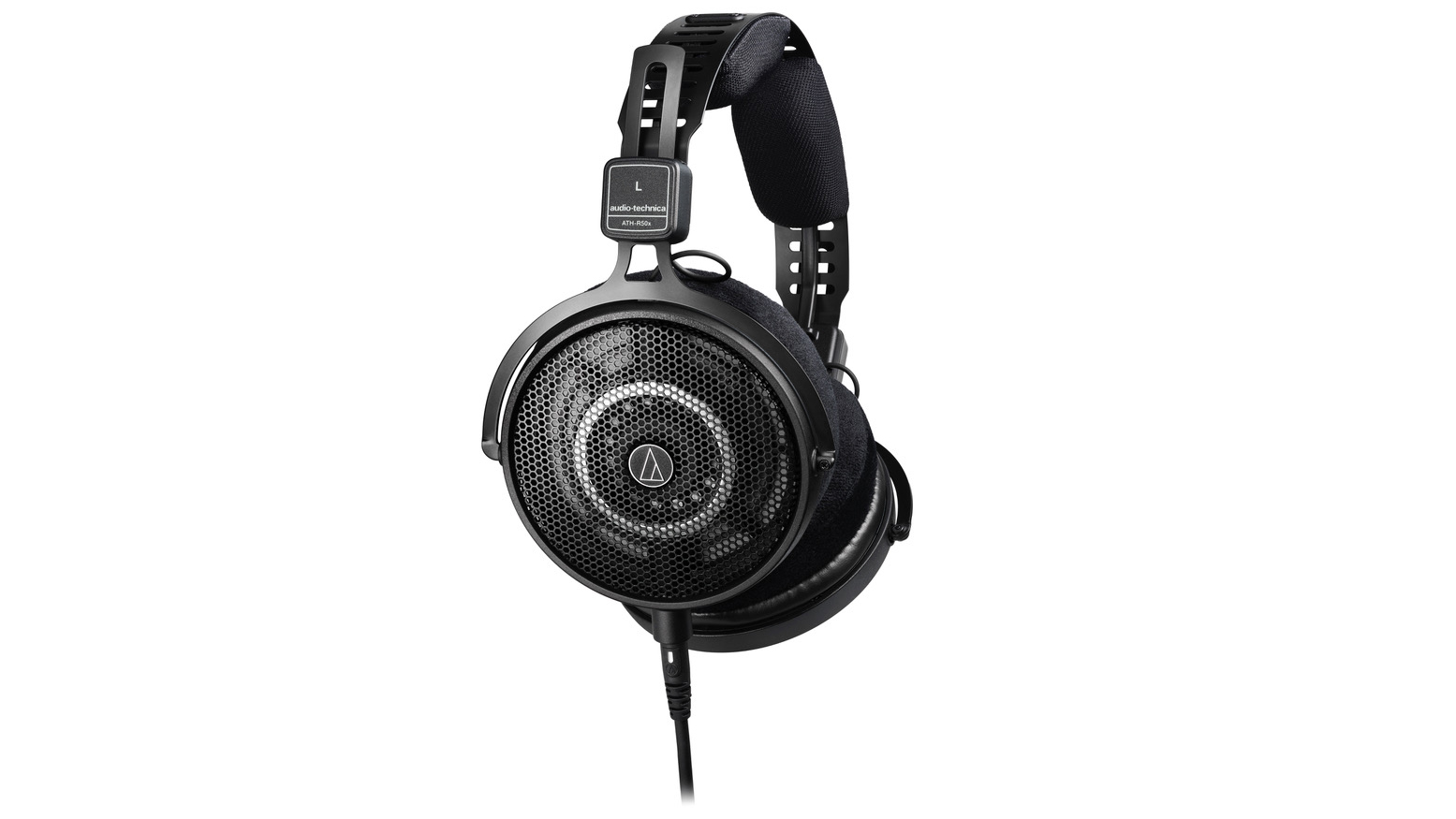Switch Army Knife

Roland Packs Features Into Affordable Multi-Channel, Multi-Format Video Switcher
QUICK BIO
COMPANY: Roland Systems Group U.S.
HEADQUARTERS: Bellingham, WA
FOCUS: The new V-1600HD video switcher is geared towards churches and schools, as well as live production companies or rental houses seeking an all-in-one solution.
These days, budget—and the trimming thereof—is a top priority for everyone. Cost-cutting measures, however, shouldn’t equate with a decrease in quality, which is something most organizations aren’t willing to compromise on. So goes the logic behind Roland Systems Group’s new V-1600HD, a multi-channel, multi-format video switcher that brings several features together into one neat package.
“We have always catered to that mid-size school or church—not the high-end pro,” explained John Broadhead, Roland U.S.’s Vancouver, Canada- based vice president of technology and communications. “We cater to the customer who wishes they could be high-end, but can’t afford it.”

Roland Systems Group’s new V-1600HD
The creation of the V-1600HD was inspired by the prevalence of SDI—a format that up until a couple of years ago was pretty much exclusive to high-end users due to technology costs. Previously, cameras featuring SDI outputs cost up to $10,000; today, that price has decreased to between $5,000 and $7,000. “The 1600 is our first foray into an SDI mixer that caters to our type of customer, who has bought standard definition for years and who is now ready to make the shift,” he said.
A daily selection of the top stories for AV integrators, resellers and consultants. Sign up below.
The V-1600HD boasts 16 inputs and 14 channels, eight of which offer full, multi-format SDI. It’s also equipped for DVI—which can also be HDMI—RGB, VGA, S-video and composite video. “With some of the mixers in this class, you can’t have two different formats; you have to run the mixer in one mode or another,” Broadhead noted. With this unit, there is no problem if the user plugs in SD or HD—with scalers built into each channel, the unit will scale to whichever format. “Basically, it accommodates every format there is—computers, old cameras, standard definition cameras, component, DVD players and Blu-ray players, all the way up to SDI.” This enables users to avoid the purchase of additional cards, boosting the overall cost.
To address the need to mix more than one source, the V-1600HD features a number of different modes. Span Mode, for example, allows the mixer to send one input to two devices—two projectors, for instance. “You load it up into twoscreen mode, and that includes edgeblending in the middle,” Broadhead explained. Dual Mode, which in essence enables the unit to act as two mixers in one, provides the ability to send one input to one screen and a completely different input to another, enabling the user to control both separately. (A classic example of this is a presentation displaying PowerPoint on one screen and image magnification of the speaker on another.) Split Mode sends two different inputs to the same screen, displaying them side-by-side. There is a downstream keyer, an upstream keyer, and a composite keyer, and a picture-in-picture function capable of storing up to four still images loaded via USB key. This keeps users from taking up a channel for items such as conference logos.
Housed in a 19-inch rack, there is no need to mount extra chassis, and a built-in monitor enables users to preview sources on the fly. Broadhead acknowledges that while some mixers feature multi-viewers built into them, the V-1600HD does not. However, every input is equipped with a throughjack so that users may connect to an external multi-viewer if need be.
Broadhead admits that the biggest challenge in manufacturing the V-1600HD was producing a multiformat digital and analog unit at an affordable price. “We could have built this easily a couple of years ago, but the price would have been too high and our market niche wouldn’t have been able to afford it,” he said. The challenge was matching the technology to a reasonable price, which has become possible thanks to the decreasing cost of technology.
“It’s very convenient, and it’s great for the portable church, the school that’s using an AV cart, or that rental house. Who knows what you’re going to have to plug in that day?” Broadhead illustrated. “It comes ready—you don’t have to worry about configuring the unit, or buying a new card. It caters to that person that doesn’t want to mess around or have to think ahead.”
Carolyn Heinze is a freelance writer/editor.
Carolyn Heinze has covered everything from AV/IT and business to cowboys and cowgirls ... and the horses they love. She was the Paris contributing editor for the pan-European site Running in Heels, providing news and views on fashion, culture, and the arts for her column, “France in Your Pants.” She has also contributed critiques of foreign cinema and French politics for the politico-literary site, The New Vulgate.
